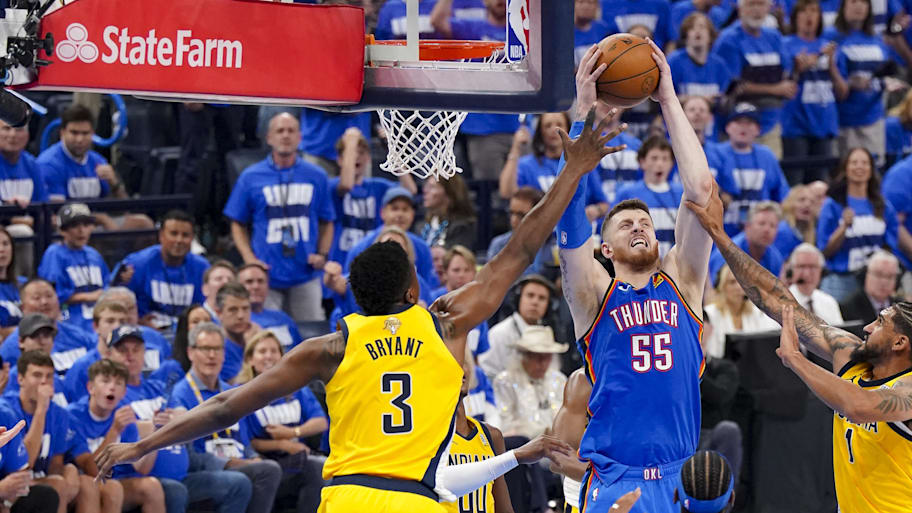The NBA is, undeniably, obsessed with spectacle. Flashy dunks, step-back three-pointers and emphatic blocks often take center stage during the highlight reel.
Of course, with social media being as prevalent as it is, the high-scoring outbursts tend to get most of the attention.
But there is a stat line that, while respected, doesn't get the attention it truly deserves—at least not from the media.
We're talking about the double-double, which occurs when a player is able to post at least 10 in two major statistical categories (points, rebounds, assists, steals and blocks) in a single game.
A player posting 10 points and 10 rebounds during a game might not look all that special on a box score. But ask NBA players and coaches just how important it is to have a player that's able to influence the game on both ends.
The double-double is more than a box score quirk. It’s a pulse check on a player’s versatility and value, a subtle sign of two-way contribution that often indicates winning basketball.
This is the story of the double-double: where it came from, how it evolved and why it remains one of basketball’s most enduring and underrated achievements.
What Is a Double-Double?
In basketball, a double-double refers to a single-game stat line in which a player posts 10 (or more) in two of the following statistics: points, rebounds, assists steals and blocks.
The double-double refers to the two categories (the first double) and the double-digit number in those categories (the second double).
The term began to get popularized in the 1980s and the first known usage came in 1985. It was slang at first and allegedly came as a play from In-N-Out's "Double-Double" (double cheeseburger), which the company had been serving up since the mid-1960s.
Players can also record triple-doubles, quadruple-doubles and quintuple-doubles, should they post double-figures in three, four or five categories. However, while triple-doubles are a somewhat regular occurrence, a quadruple-double has only been achieved four times in NBA history and no (NBA) player has managed to pull of a quintuple-double.
The Most Common Types of Double-Doubles
The most common double-doubles tend to include points and either rebounds or assists. The 2024-25 NBA season saw 2,245 double-doubles and just seven of them didn't include points.
Bam Adebayo, Josh Hart, Josh Giddey, Russell Westbrook, Draymond Green, Johnathan Mogbo and Elfrid Payton were the seven to get a rarefied non-points double-double.
Sacramento Kings forward Domantas Sabonis led the NBA in double-doubles with 61. A whopping 51 of them came via the points-and-rebounds route. Atlanta Hawks guard Trae Young was sixth in the NBA with 51 double-doubles, which were all points and assists.
Double-Double Leaders and Records
Wilt Chamberlain compiled 227-straight double-doubles between 1964 and 1967, according to the Elias Sports Bureau. However, this was before the ABA-NBA merger. Chamberlain is credited with 968 double-doubles in his career, the all-time record.
The longest post-merger streak is Sabonis' 61 games.
The youngest NBA player to record a double-double is Tracy McGrady, who did so at 19 years old in 1997. The oldest NBA player to record a double-double is Dikembe Mutombo. Mutombo was 42 years old in 2009 when he scored 10 points and grabbed 15 rebounds in a game for the Rockets.
Jason Kidd holds the record for the most rebounds-and-assists double-doubles, posting 25 of them in his career. He is followed by Green (19) and Norm Van Lier (8).
Since 1985 (when the double-double became popular), Tim Duncan leads all NBA players with 841. John Stockton has the most points and assists double-doubles with 714. Westbrook leads all players with 142 rebounds and assists double-doubles.
More NBA on Sports Illustrated
This article was originally published on www.si.com as What Is a Double-Double in Basketball? Explaining the History and Terminology.
